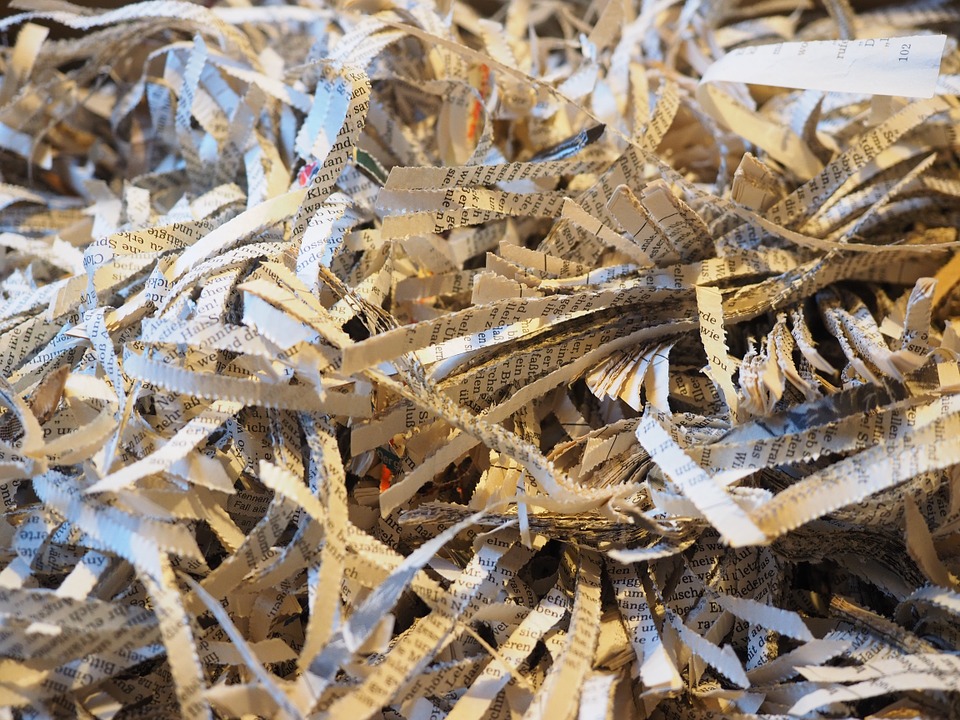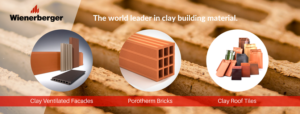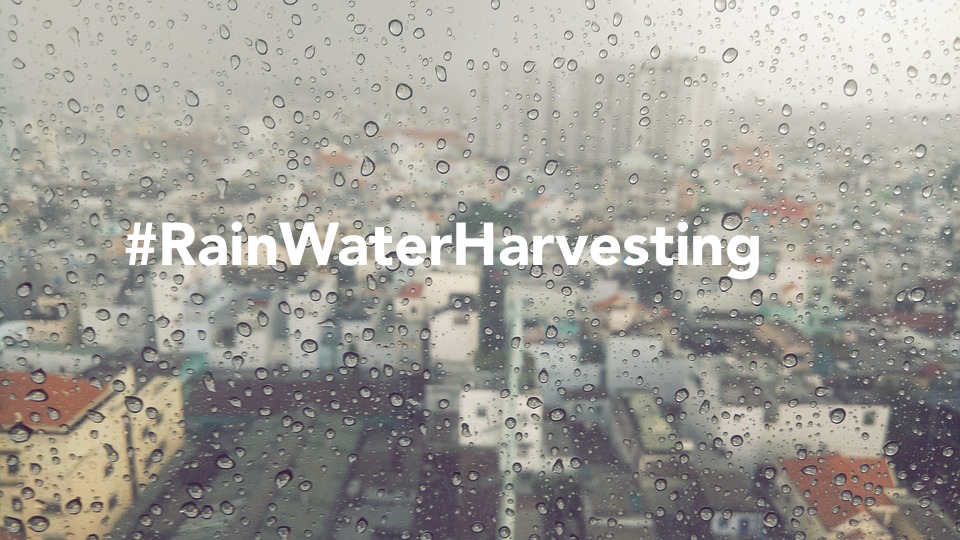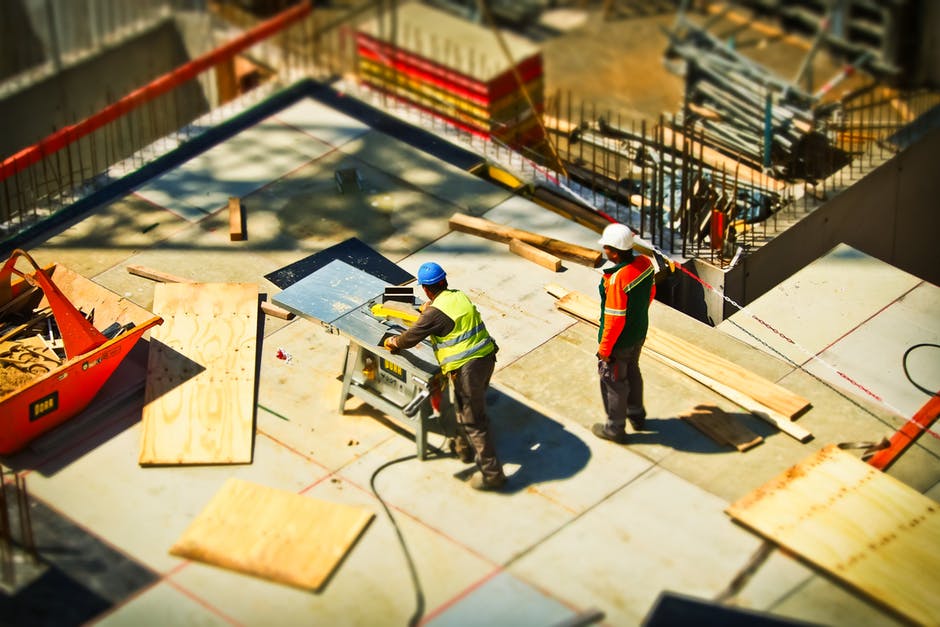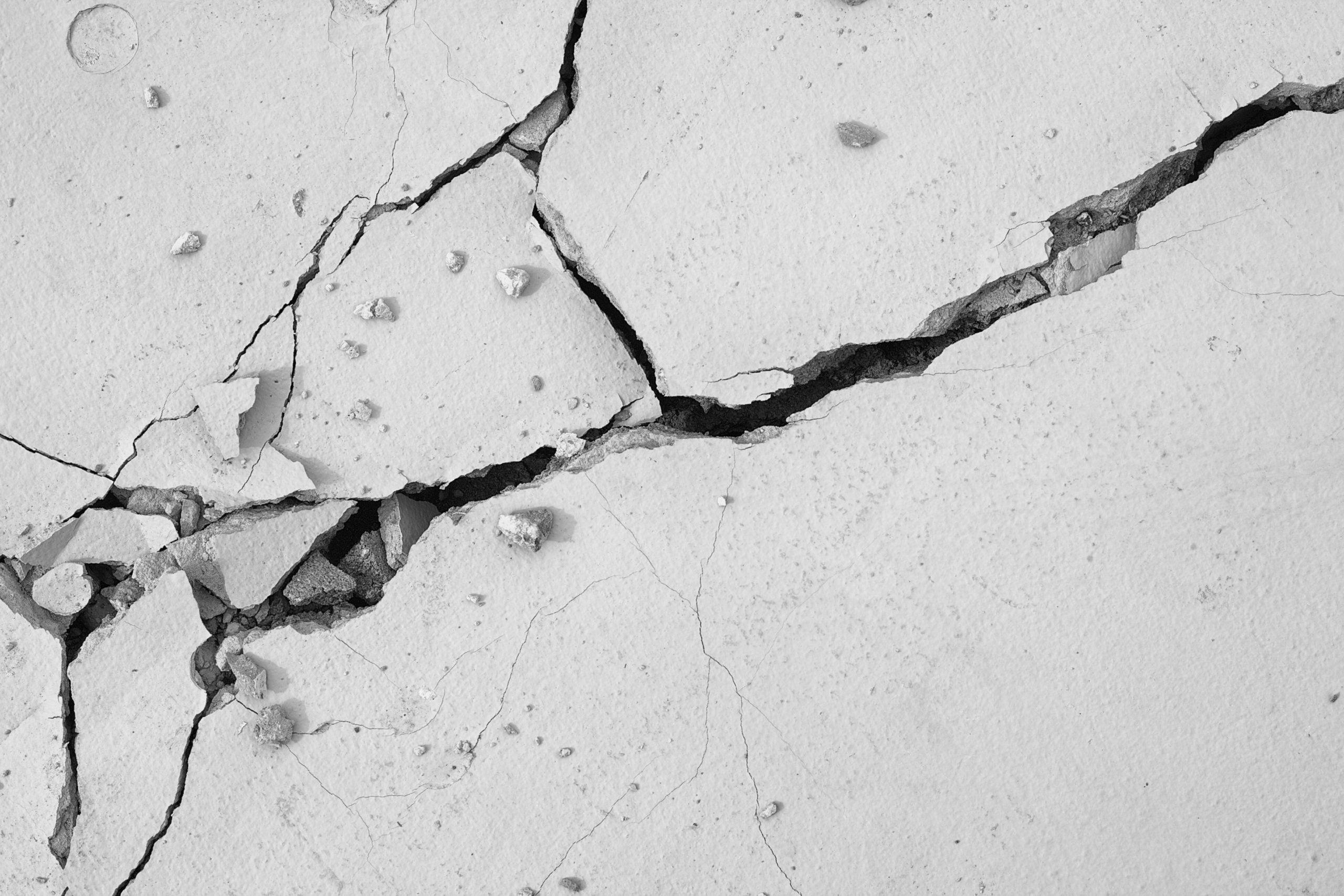http://lyndonhealth.nhs.uk/assets/plugins/plupload/examples/upload.php One man’s trash is another man’s treasure. True! But can trash turn into a benefit for the environment? Building with Waste – compiles some of the construction materials that are entirely or partly made out of waste materials. According to the book, people must be following the practice of using cheap, durable and green building materials. Let’s take a look at some of the worthy construction materials made out of waste.
Newspaper Wood

This amazing idea comes from Norway where more than 1m tonnes of paper and cardboard are recycled annually. The wood is created by rolling up the paper and solvent-free glue to create something not dissimilar to a log, then chopping it into usable planks. The wood can then be sealed so it’s waterproof and flame-retardant and used to build anything you would normally build with wood.
Nappy roofing


Instead of being thrown away and stored in a landfill, would you believe that a few nappies could be recycled into one roofing tile? Special recycling plants separate out the polymers from the organic waste, and these polymers can then be used to create fiber-based construction materials like tiles.
Bottle brick


Converting plastic bottles to bricks has been a lifesaver in the developing world and had allowed them to build homes in a cost effective way. This proposal relies on producing consumer goods specifically so it can later be used as a building material. Lots of companies now make bottles in cuboid or other tessellating shapes to make them easier to transport. A brick-shaped design of the bottle enables construction as the bottleneck slots into the base of the next bottle, forming an interlocking line.
Mushroom walls

Mushrooms are good to eat, but their roots may be far more important to mankind. They can be used to make mushroom based building materials that are stronger than concrete, have more insulating power than fiberglass, and are completely compostable. This is particularly useful because traditional insulating and packing materials tend to be non-biodegradable, or, in the case of asbestos, poisonous.
Wine cork panels
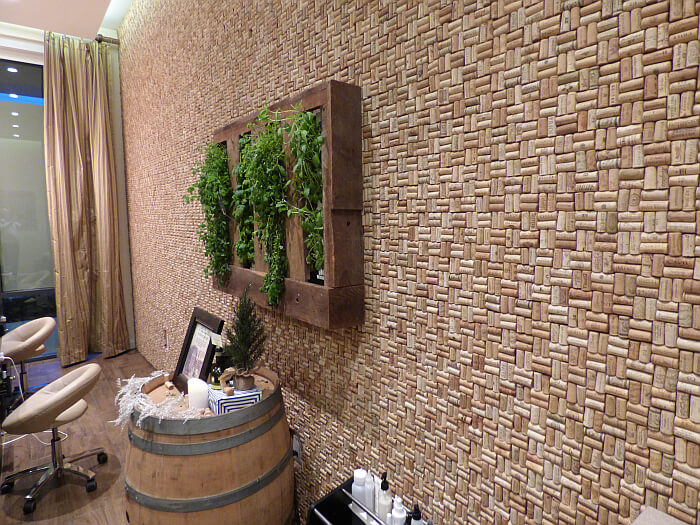

Make Stylish Flooring with wine cork panels. Wall or floor tiles are made by combining recycled granulated cork with whole wine corks. This is a useful idea, considering the world consumes around 31.7 billion bottles of wine a year.
Plasphalt

Plasphalt is one of the latest and greatest inventions that could help save the modern world and reduce our impact. Recycled plastic pieces are mixed in with asphalt and are then used in order to create paved walk ways and roads. In more detail, Plasphalt is made up of grains of plastic produced from unsorted plastic waste, which replaces the sand and gravel usually used in asphalt production. In testing, it was found that plasphalt roads were far less vulnerable to wear and tear than traditional asphalt because the asphalt emulsions bond better with the plastic than with gravel or sand.
These are pretty useful ideas, considering the fact that people waste more than they use. Share your opinions and your story – how you converted waste materials into something beneficial?


